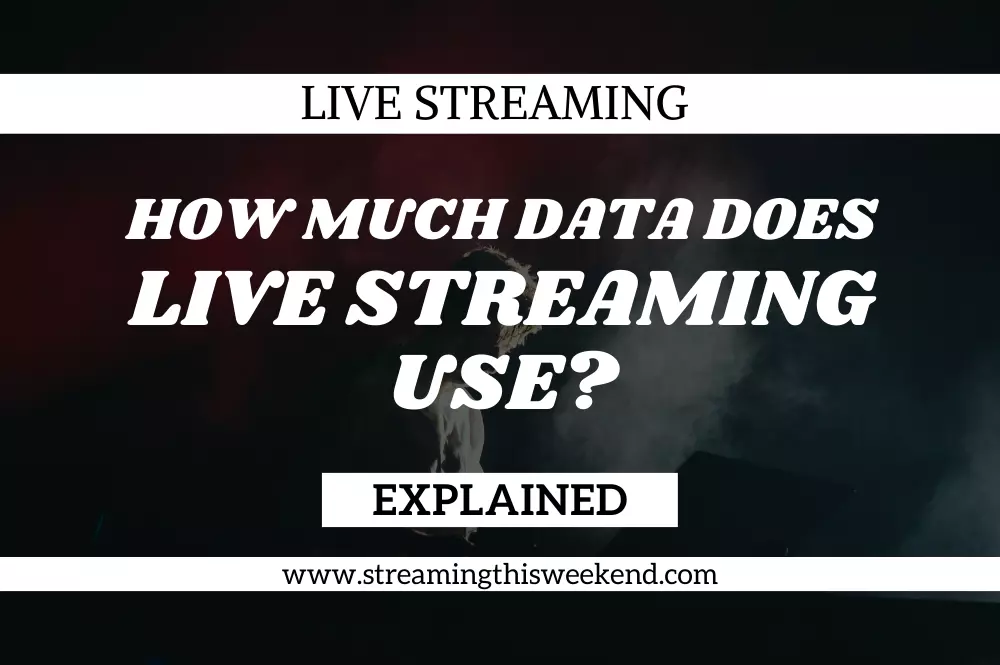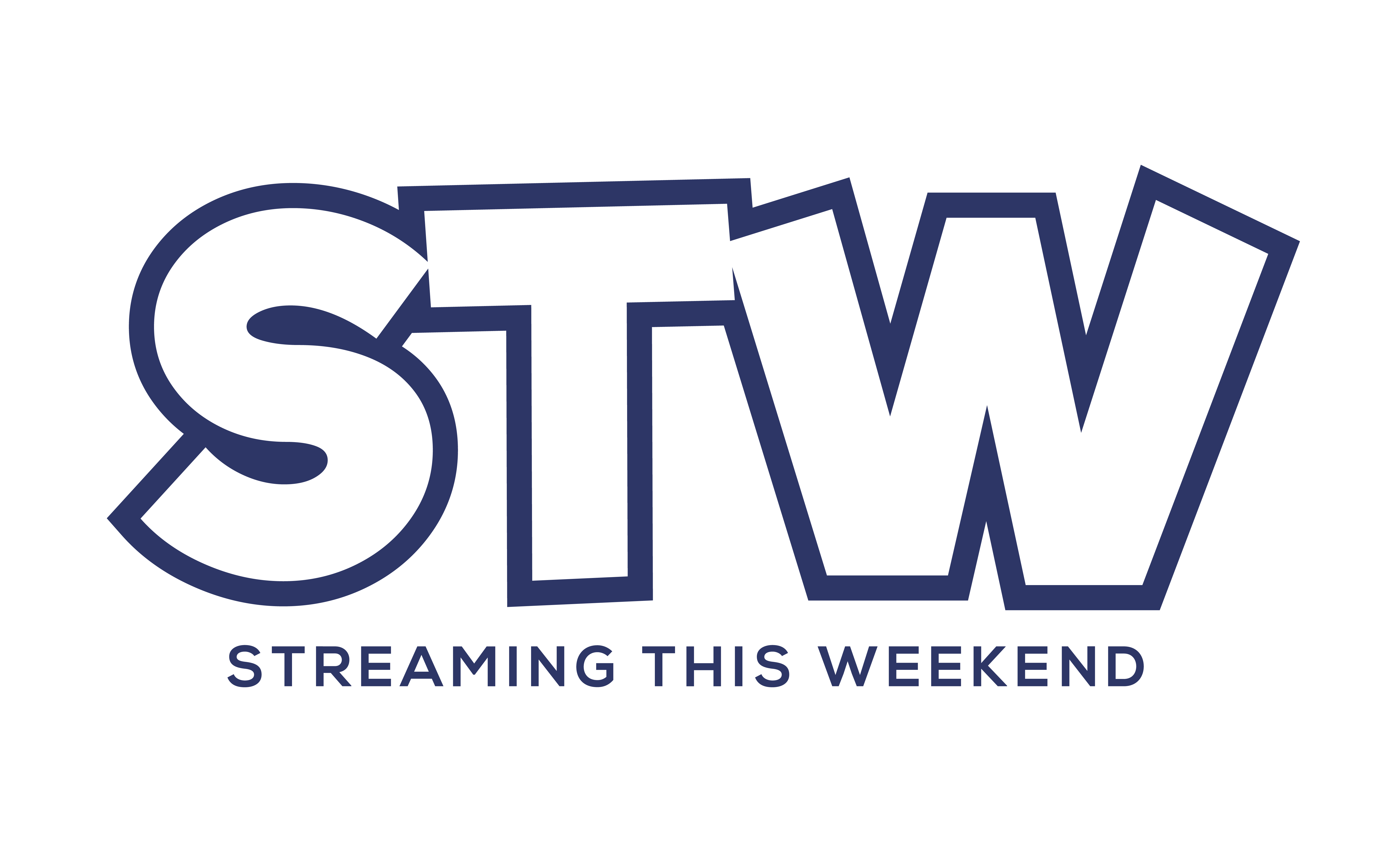Live streaming has become an integral part of our daily lives, allowing us to watch our favorite events, shows, and sports matches in real time. While this technology has revolutionized the way we consume content, it’s important to understand how much data it uses. In this article, we’ll dive deeper into these factors and explore how much data live streaming uses . We’ll also provide tips on optimizing your streaming experience to minimize data usage and help you stay within your data plan. So, let’s get started!
What we covered here

Factors that can affect how much data does live streaming use
Before we get into the figures, let’s look at some factors that can affect the amount of data used by live streaming. Some of these factors include:
Video Quality: The higher the resolution and quality of the video, the more data it will use. For example, streaming in 1080p HD resolution will consume more data than streaming in 720p or 480p resolution.
Bitrate: The bitrate is the amount of data that is transferred per second during the stream. Higher bitrates will result in better quality streams but will also consume more data.
Duration of The Stream: Longer streams will naturally consume more data than shorter streams.
Type of Content: Different types of content may have different data usage requirements. For example, a stream with lots of movement or action may require a higher bitrate and result in higher data usage than a stream with static images.
Streaming Platform: Different streaming platforms may have different data usage requirements and may compress the video differently, resulting in varying data usage.
By considering these factors, you can better understand how much data does live streaming use and take steps to optimize your stream for lower data usage if needed.
How much data does streaming music use?
When compared to video streaming, music streaming consumes significantly less bandwidth, especially for shorter songs with lower quality. However, because we often stream music on our mobile devices, which typically have more limited data usage plans, it becomes more important to pay attention to the amount of data being consumed. Additionally, people tend to stream music more frequently and for longer durations than video content, such as while at home, exercising, or commuting. This makes music a more constant presence in our lives and potentially a significant factor in data usage.
These are some estimations of how much data certain music streaming services consume per hour:
Spotify
Your selected audio quality determines the quantity of data that Spotify utilizes. The regular quality level consumes about 50 MB of data per hour, whereas the high-quality setting consumes about 100 MB per hour. The highest quality option, “extreme,” consumes about 200 MB of bandwidth each hour.
Apple Music employs a variable bit rate that automatically adapts dependent on the strength of your internet connection. On average, it consumes around 115 MB of data per hour.

Pandora
The default option for Pandora is 64 kbps, which consumes around 28.8 MB of bandwidth each hour. Higher-quality streams are available, but they use more bandwidth.
Tidal‘s maximum quality level streams at 1.4 Mbps, consuming around 630 MB per hour. The normal quality option consumes about 70 MB of data each hour.

Amazon Music
The standard quality level on Amazon Music streams at 256 kbps, which consumes around 115 MB of bandwidth each hour. The high-quality setting streams at 373 kbps, which consumes about 168 MB of data each hour.
The quantity of data utilized by a streaming service varies depending on the quality of your internet connection and the sort of music you’re listening to.
Read More: Discord Pop Out Not Working – How to Fix!
How much data does streaming video use?
When it comes to data usage, streaming video content can consume even more bandwidth than audio streaming. However, it’s worth noting that video streaming platforms offer different types of content and video quality options. For example, Netflix focuses solely on providing high-quality video content. At the same time, YouTube includes audio-only content with placeholder videos or lower video quality options for content where visuals aren’t as crucial.
To accurately answer the question of how much data streaming video consumes, it’s necessary to consider both the general bandwidth usage for video streaming and the specific video quality settings and data requirements of individual streaming platforms. By understanding these factors, users can make informed decisions about their data usage and choose the streaming options that best fit their needs.
Netflix
YouTube
Amazon Prime Video
Disney+
It’s important to remember that these are just rough estimates, and actual data usage may vary depending on the video’s length, the stream’s quality, and the streaming service being used. Additionally, if you are streaming over a mobile network, your data usage may be subject to any data caps or restrictions imposed by your carrier.
Tips on How to Optimize your Streaming Experience to Minimize Data Usage
Nobody likes to receive a shockingly high data bill at the end of the month, especially when it’s due to excessive live streaming. Fortunately, there are several tips and tricks you can use to optimize your live streaming experience and minimize data usage.
Adjust video quality
Most streaming platforms offer the option to adjust video quality, so make sure to select the appropriate quality level based on your data plan. Lower-quality videos consume fewer data than high-quality ones, so consider decreasing video quality if you’re worried about exceeding your data limit.
Connect to Wi-Fi
Live streaming on Wi-Fi is much more data-friendly than using mobile data. So, if you’re planning on watching a long event, try to connect to a Wi-Fi network to avoid excessive data usage.
Monitor data usage
Many smartphones and mobile carriers provide tools that allow you to monitor your data usage. Use these tools regularly to stay informed about your data usage and avoid exceeding your data limit.
Close other apps
Other apps running in the background can consume data, even when you’re not using them. Close all other apps before starting a live stream to ensure no data is wasted.
Limit streaming time
Many smartphones and mobile carriers provide tools that allow you to monitor your data usage. Use these tools regularly to stay informed about your data usage and avoid exceeding your data limit.
Read More: What Is Open Broadcaster Software (OBS)
Conclusion on How Much Data Does Live Streaming Use
In conclusion, live streaming can be a data-intensive activity, but with the right approach, you can easily manage your data usage and avoid unexpected bills. By adjusting video quality, connecting to Wi-Fi, monitoring data usage, limiting streaming time, and closing other apps, you can significantly reduce the amount of data used during live streaming. So, whether you’re watching a concert, sports game, or any other live event, keep these tips in mind to optimize your live streaming experience and enjoy the show without worrying about your data usage.





